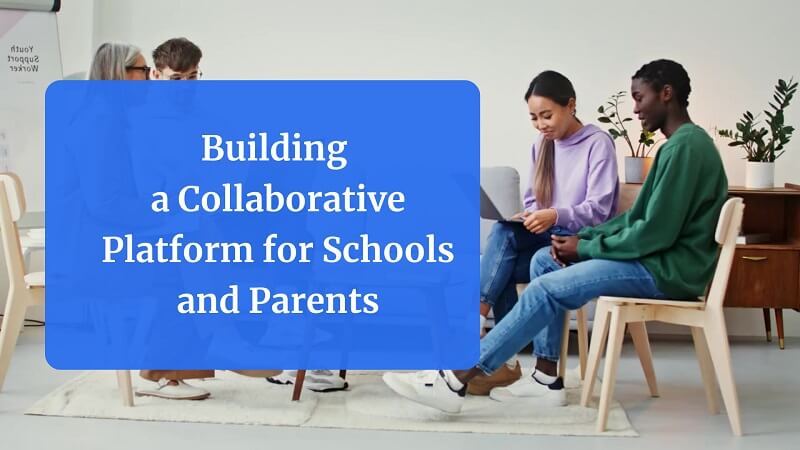
Community Apps in Education: Building a Collaborative Platform for Schools and Parents
In the age of digital transformation, the relationship between schools and parents has evolved significantly. With the integration of technology in education, community apps have become a vital tool for bridging the communication gap between schools and parents, providing a platform for collaboration, sharing information, and enhancing the educational experience for students. In this article, we’ll explore how community apps can be built to serve as a collaborative platform for schools and parents, as well as the benefits they bring.
Also, you can check: 9 Best Native Ads Platforms In 2023
Building a Collaborative Platform for Schools and Parents
Identifying Objectives:
The first step in creating a community app for education is to identify the platform’s objectives. What are the primary goals that the app aims to achieve? They could be to facilitate communication, share resources, monitor student progress, or organize events. By clearly defining the objectives, it becomes easier to create a platform that meets the specific needs of both schools and parents.
User-Friendly Interface:
It’s essential to create an app that is user-friendly and intuitive, as people with varying levels of technical expertise will use it. The interface should be simple, easy to navigate, and free from clutter. Icons and menus should be self-explanatory, and the app should provide clear instructions on how to use the various features.
Secured Data and Privacy:
One critical concern for any educational platform is data security and privacy. Schools and parents share confidential information through community apps, and ensuring their safety is paramount. The app should employ encryption protocols and secure authentication methods. It’s essential to establish a clear privacy policy that outlines how personal data is handled and used.
Features to Promote Collaboration:
The app should offer features that encourage collaboration and engagement between schools and parents. Some potential features include:
- Instant Messaging: For direct communication between teachers and parents.
- Calendar: To share important dates like exams, events, and parent-teacher meetings.
- Resource Sharing: Allows teachers to share study materials, assignments, and resources with parents.
- Notifications: Alerts and reminders for upcoming events or deadlines.
- Progress Reports: Provides parents with an overview of their child’s academic performance.
- Feedback and Suggestions: A feature for parents and teachers to share feedback and suggestions for improvement.
Responsive Design:
The community app should be responsive and compatible with different devices, including smartphones, tablets, and computers. This ensures that users can access the app from any device with ease, providing greater flexibility and convenience.
Integration with Existing Tools:
Many schools already use various software tools for administration, student management, and learning management. The community app should integrate seamlessly with these tools, allowing data to be shared and synchronized across platforms.
Testing and Continuous Improvement:
After launching the community app, it’s crucial to test it thoroughly with real users – teachers, parents, and students. This testing phase helps identify any issues or areas for improvement. Collect feedback from users, make necessary adjustments, and continue refining the app for a better user experience.
See also: Top 10 Community Apps
In conclusion
Community apps play a vital role in enhancing collaboration between schools and parents, ultimately contributing to students’ overall development and success. By identifying objectives, creating a user-friendly interface, ensuring data security, incorporating features that promote collaboration, offering a responsive design, integrating with existing tools, and continually improving the app, schools can build a robust and effective community app that serves the needs of both teachers and parents.